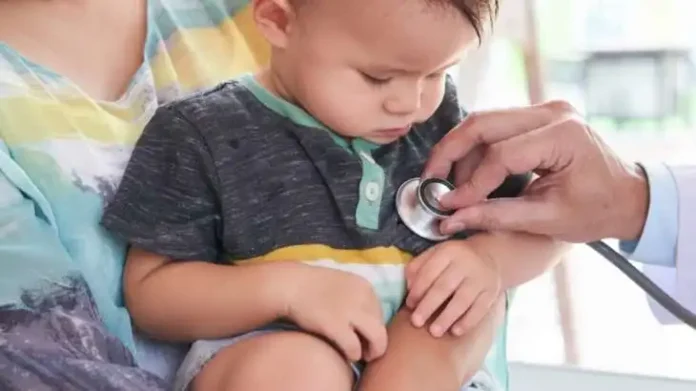Protecting a child’s heart is crucial. Children can develop heart problems early and throughout childhood. Congenital heart abnormalities are the most common cardiac problems in newborns, although other conditions can damage their delicate hearts. Child heart disease is common (1 in 100). Dr. Prachi Bhosale Narendra, Neonatology & Pediatrician, Apollo Cradle & Children’s Hospital, Marathahalli, Bangalore, believes children with modest heart issues can live long, normal lives without therapy.
Common Childhood Heart Conditions (CHDs)
CHDs are structural abnormalities in a baby’s heart from birth. Defects can affect heart walls, valves, and blood arteries. Some are small and don’t need treatment, but others are life-threatening. Heart abnormalities arise in utero. The origin may be unknown, however genetics or childhood illnesses might cause damage. These flaws can narrow or obstruct valves, mix good and bad blood, or impair blood pumping.
Though rare, newborns might develop endocarditis or myocarditis. Infections can inflame and damage the heart muscle, compromising function. Early detection and treatment keep long-term effects at bay.
Cyanotic Heart Disease: Low blood oxygen levels cause cyanosis, a bluish skin and lips. Cyanotic heart disease babies need immediate treatment.
Arrhythmias: Newborns can have irregular heart rhythms. These conditions can produce tachycardia or bradycardia. Arrhythmias may resolve on their own or require medical treatment.
Acquired heart conditions: Infections, autoimmune illnesses, and other conditions can cause heart problems in youngsters. Examples of acquired heart disorders include myocarditis (inflammation of the heart muscle) and rheumatic heart disease.
symptoms: The symptoms of childhood heart disease differ with condition. Trouble breathing, fast breathing, cyanosis, poor feeding, insufficient growth, weariness, chest pain, and irregular heart rhythms are common symptoms. If these symptoms occur, seek medical treatment.
X-RAY chest, eco-cardio gram (ECG), USG, and 2D echocardiogram are rapid, painless diagnostic methods.
The kind and severity of childhood heart problems determine treatment. Medication, catheters, open-heart surgery, and heart transplantation are alternatives. Some youngsters with modest heart defects don’t need treatment.
Newborn cardiac defects can be frightening, but prenatal ultrasounds and postnatal examinations are necessary for accurate diagnosis and timely treatment. Refer your child to a doctor if they have heart problems like quick breathing, poor eating, or bluish skin. Early intervention and proper medical treatment can control many heart abnormalities in children, allowing them to enjoy healthy lives.
Conclusion:-
Child heart health is important, with congenital heart abnormalities being the most frequent. Other disorders can damage a child’s heart, although congenital issues are more common. Inflammation and damage from endocarditis or myocarditis can impair heart function. Cyanotic heart disease, which lowers blood oxygen, can cause bluish skin and lips. Arrhythmias—fast or sluggish heartbeats—may necessitate medical care. Myocarditis and rheumatic heart disease can result from infections, autoimmune illnesses, or other reasons.



